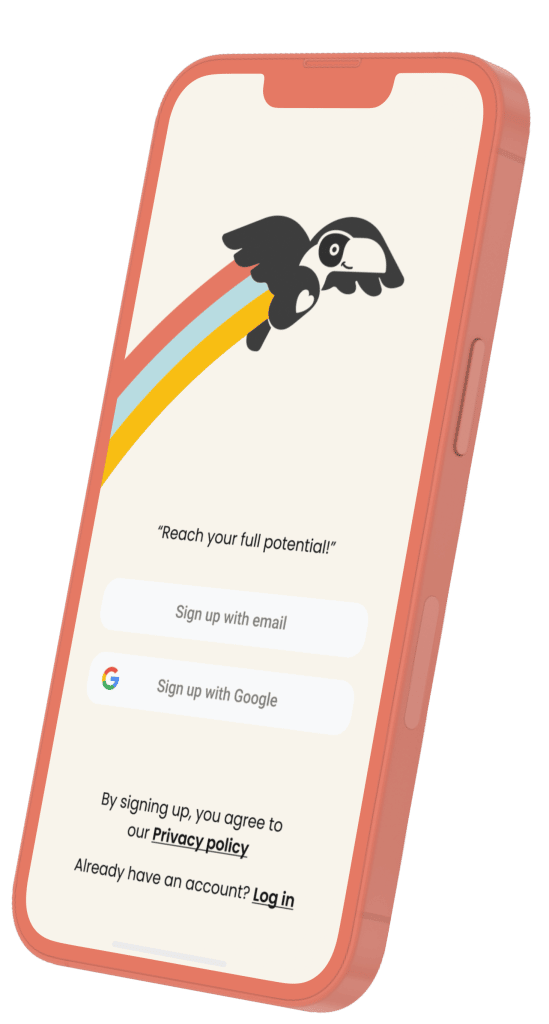What does “Phygital Convergence” mean?
Combining the terms “physical” and “digital,” the term “phygital convergence” refers to the blending or integrating of digital and physical experiences. This phrase refers to the smooth integration of digital and physical components to improve user experiences overall, and it is frequently used in the contexts of business, marketing, retail, and technology.
What are the characteristics of Phygital Convergence?
- Seamless Integration: Phygital Convergence aims to create a seamless and integrated experience where the boundaries between the physical and digital worlds are blurred. It seeks to leverage the strengths of both realms to provide a cohesive and enhanced user experience.
- Enhanced Interactivity: The convergence of physical and digital elements often results in heightened interactivity. This could manifest in interactive displays, augmented reality (AR), virtual reality (VR), or other technologies that bridge the gap between physical and digital interactions.
- Data Integration: Phygital experiences often involve the collection and integration of data from both physical and digital sources. This data can be utilized to gain insights into user behavior, preferences, and habits, enabling businesses to tailor their offerings more effectively.
- Omnichannel Experiences: Phygital Convergence is closely related to the concept of omnichannel experiences, where businesses aim to provide a consistent and seamless experience across various channels, be it in-store, online, or through other touchpoints.
- Retail and Marketing: In retail, the term is often associated with the transformation of brick-and-mortar stores to incorporate digital elements such as interactive displays, smart shelves, and online-offline integration. In marketing, it may refer to campaigns that seamlessly combine physical and digital elements for a more engaging consumer experience.
What are examples of Phygital Convergence?
Smart Retail Stores: Retail outlets employing Phygital Convergence may feature interactive kiosks, smart mirrors, or digital displays that enhance the shopping experience by providing additional product information, recommendations, or virtual try-ons.
Augmented Reality in Marketing: Marketing campaigns may utilize augmented reality to bridge the gap between physical advertisements or products and digital content. For instance, scanning a physical product with a mobile device could trigger interactive digital content.
Digital Assistants in Physical Spaces: The integration of digital assistants or chatbots in physical spaces, such as malls or airports, is another example of Phygital Convergence. These assistants can provide real-time information, assistance, and personalized recommendations.


